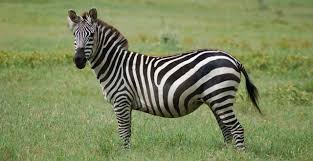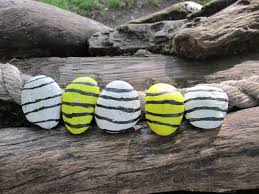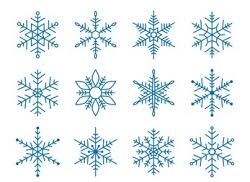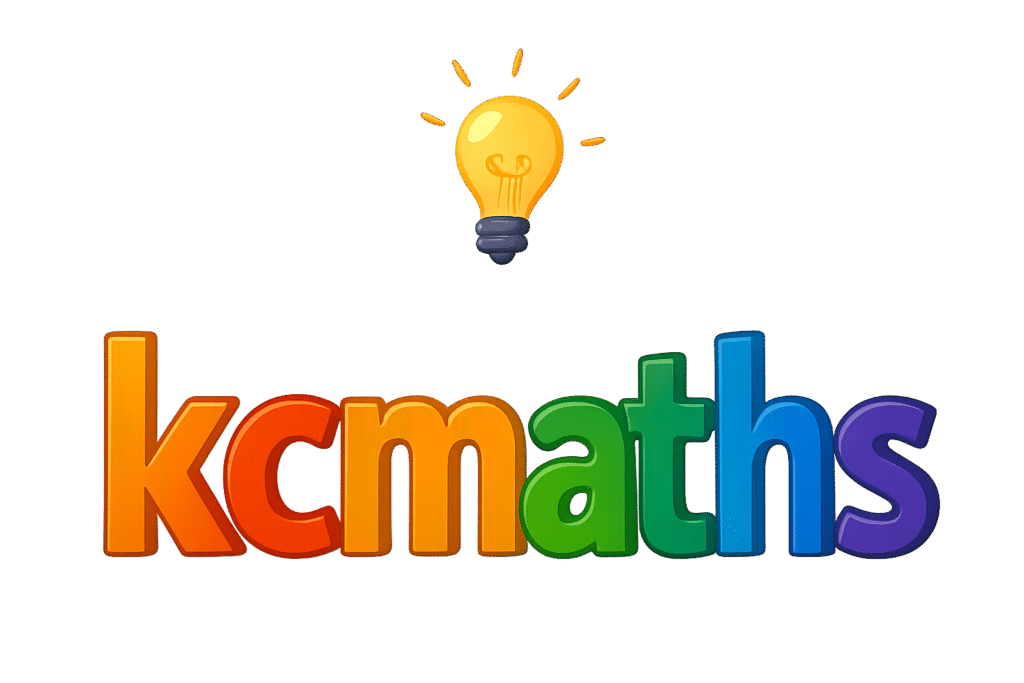Introduction
Patterns and sequences are everywhere—in nature, art, music, and math. They help us predict what comes next and understand the world around us. In this lesson, we’ll explore how patterns and sequences work, identify different types, and create our own!
What Are Patterns and Sequences?
- Definition of a Pattern: A pattern is a repeated arrangement of shapes, numbers, colors, or other elements.
- Definition of a Sequence: A sequence is a list of numbers, shapes, or objects arranged in a specific order, often following a rule.
- Real-Life Examples:
- Patterns: Stripes on a zebra, and Coloured stones

 .
. - Sequences: Days of the week and house numbers.
- Patterns: Stripes on a zebra, and Coloured stones
Types of Patterns
- Repeating Patterns:
- Example: ABABAB (red, blue, red, blue).
- Growing Patterns:
- Example: 1, 2, 4, 8, 16 (each number doubles).
- Symmetrical Patterns:
- Example: A design on a snowflake

- Example: A design on a snowflake
Types of Sequences
- Arithmetic Sequence:
- Each term increases or decreases by the same amount.
- Example: 2, 4, 6, 8 (add 2 each time).
- Geometric Sequence:
- Each term is multiplied or divided by the same factor.
- Example: 3, 9, 27, 81 (multiply by 3).
- Fibonacci Sequence:
- Each term is the sum of the two preceding terms.
- Example: 0, 1, 1, 2, 3, 5, 8.
How to Identify Patterns and Sequences
- Look for Repetition: Check for repeating colors, shapes, or numbers.
- Find the Rule: Determine how the sequence progresses (e.g., adding, multiplying).
- Predict the Next Step: Use the rule to figure out what comes next.
Interactive Activities
Activity 1: Identify the Pattern
Instruction: Look at the following pattern. What comes next?
🔵 🟡 🔵 🟡 🔵 ?
Answer: 🟡
Complete the pattern
Activity 2: Complete the Sequence
Instruction: Fill in the missing numbers in the sequence.
5, 10, _, 20, _, 30
Answer: 15, 25

This quiz is for logged in users only.

Time’s up

